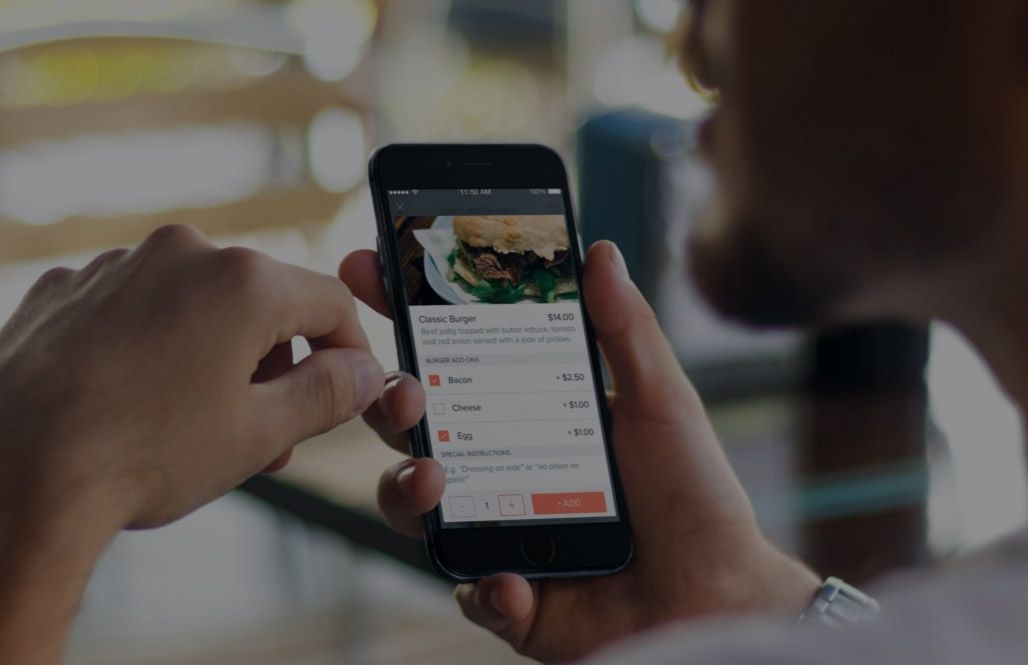As new restaurant technology trends affect the way consumers live their lives, so too do they affect the way businesses operate. With a central focus on the guest experience, it is now becoming more and more important for restaurants to adopt the latest technology in order to better align and shift with customer expectations. This symbiotic relationship between technology in the restaurant industry and the customer is nothing new, but the way it has manifested itself today is.
ENHANCED EXPERIENCE
Food and restaurant trends today mostly revolve around shaping the guest experience. And why is that? Because restaurants now have the capability to easily and effectively measure consumer data in bulk. There is no more mystique around who your customers are and what they want. It’s all there in the data from:
- your website
- mobile phones
- social media
- in-person feedback
- hospitality industry apps
- digital logbooks
- management modules
Now that restaurants are equipped with a level of insight unlike any they’ve had before, they have to rely on the latest trends and technologies in order to keep their customers satisfied—and not just satisfied, but coming back for more. As recent studies have shown, loyal, repeat customers may only comprise 25% of a restaurant’s total clientele, but they are responsible for 64% of the total revenue.
With staggering proof like that, it’s clear that restaurants need to focus on providing that top tier experience every time in order to gain their customers’ loyalty. The best way many have accomplished this is through the adoption of new technology.
INNOVATIVE TECHNOLOGIES
Many technology companies are getting into the restaurant game. While the solutions vary from company to company, the goals are pretty much the same: improve the overall customer experience while providing efficiency and simplicity to business operations:
- GrubHub: Arguably one of the most popular restaurant delivery service providers, they are responsible for opening the door to companies like DoorDash who now not only coordinates restaurant deliveries, but who also provides their own fleet of delivery drivers to take the burden off restaurants’ hands.
- Uber: While they are best known for their ride-share app and services, Uber is now jumping into restaurant delivery with UberEATS, a service also available through their app.
- Foursquare / Google: Companies like Foursquare and Google’s Food Near Me use location-based technology to help customers find the most conveniently located and best-fit restaurants based on where they are at any given moment. Foursquare also helps restaurant partners target customers nearby with special deals sent directly to their mobile phones.
- Vivonet: Kiosks, like the ones produced by Vivonet, give customers the ability to customize orders, pay their bill when they’re ready, and order without the pressure of a server standing by. And they seem to be proving quite beneficial for a restaurant’s bottom line as studies show that customers tend to spend more when given the self-service capabilities of a kiosk.
- InMoment: All of these technology services are great at targeting various parts of the customer’s decision-making process and dining experience, but it’s the “after” piece that plays an important role here as well. Guest engagement and feedback monitoring services like InMoment’s help to fill that piece of the puzzle, bringing restaurants full-circle in driving brand awareness and increasing customer loyalty.
It’s important to remember that these (and other) hospitality technology providers have the same goals in mind as you do: make your customers’ lives easier by removing the parts they previously could not control and increase the convenience of dining. As your customers gain an experience that’s more tailored to their technology-driven lives and become more self-serving in the process, your hospitality daily operations are consequently freed up to focus on what you do best: deliver the most positive dining experience to every diner, every time.






